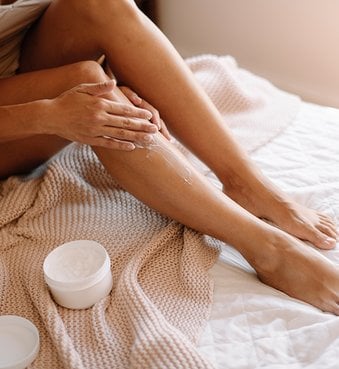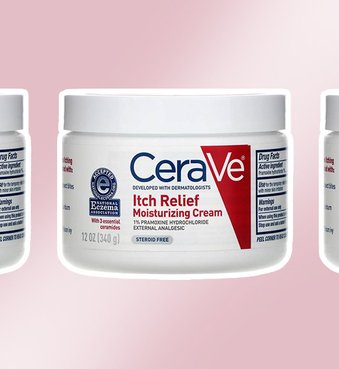Skin Rashes
From ingrown hairs to razor bumps and burn, we're share tips and advice to care for rashes on your skin's surface, here.Latest Articles
Recommended Articles
-
![Picture of a model touching the side of their face]() All Skin ConcernsHow to Get Rid of Skin Redness Without Makeup3/9/2023
All Skin ConcernsHow to Get Rid of Skin Redness Without Makeup3/9/2023 -
![Photo of woman with curly hair leaning back and touching her hair]() Ask the ExpertHow to Tell if You Have Dandruff or a Dry Scalp, According to a Der...9/29/2022
Ask the ExpertHow to Tell if You Have Dandruff or a Dry Scalp, According to a Der...9/29/2022 -
![10 Common Skin Conditions and How to Treat Them]() All Skin Concerns10 Common Skin Conditions and How to Treat Them1/21/2022
All Skin Concerns10 Common Skin Conditions and How to Treat Them1/21/2022 -
![Derm DMs: Do I Still Need to Wear SPF in the Fall?]() Skin RashesDerm DMs: Do I Still Need to Wear SPF in the Fall?8/31/2021
Skin RashesDerm DMs: Do I Still Need to Wear SPF in the Fall?8/31/2021 -
![Help! I Have Rosacea and Dry Skin]() Skin RashesHelp! I Have Rosacea and Dry Skin6/17/2021
Skin RashesHelp! I Have Rosacea and Dry Skin6/17/2021 -
![How to Help Keep Skin Healthy and Hydrated While Wearing a Protective Face Mask]() Skin Care AdviceHow to Help Keep Skin Healthy and Hydrated While Wearing a Protecti...3/29/2021
Skin Care AdviceHow to Help Keep Skin Healthy and Hydrated While Wearing a Protecti...3/29/2021




































